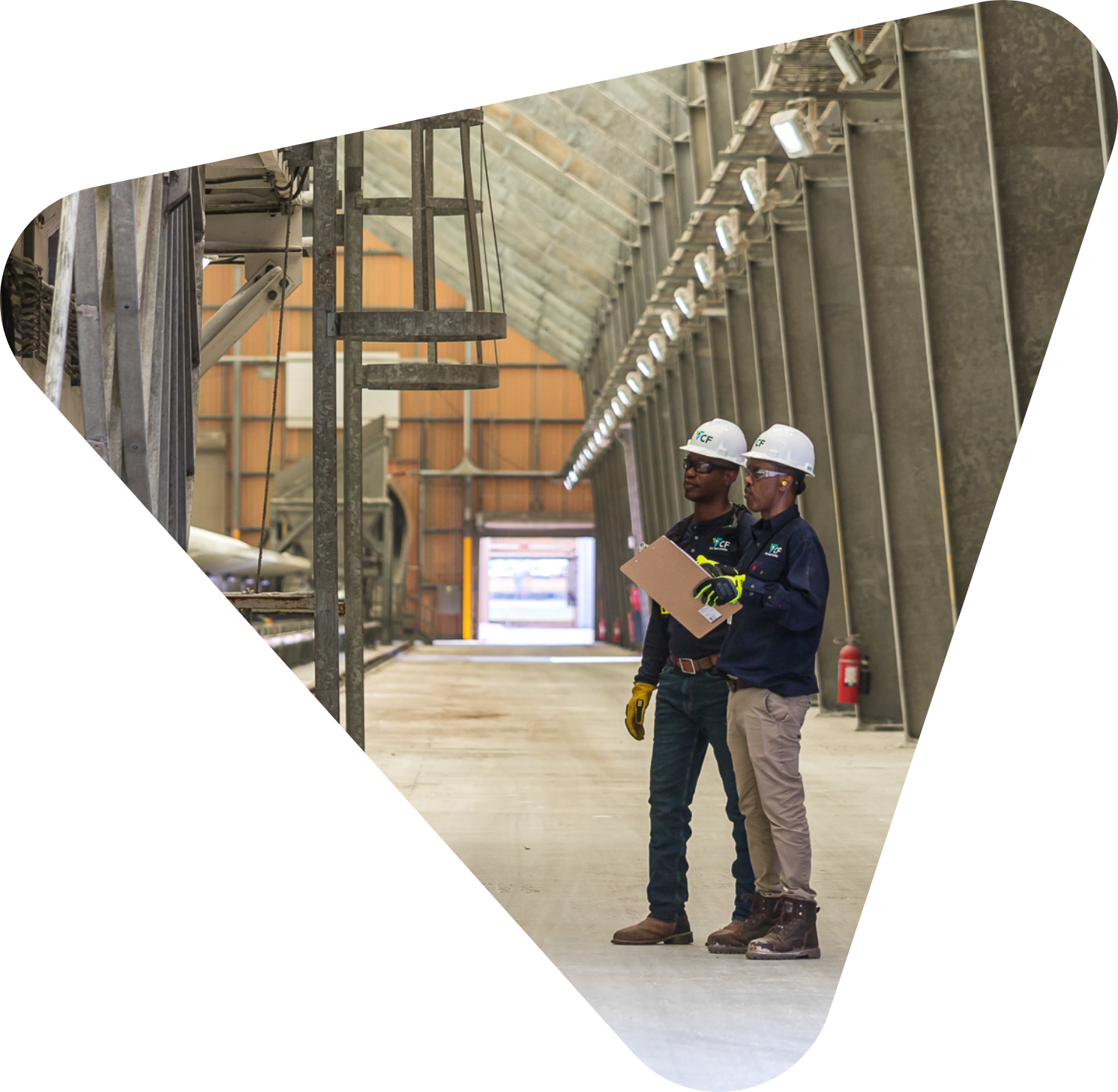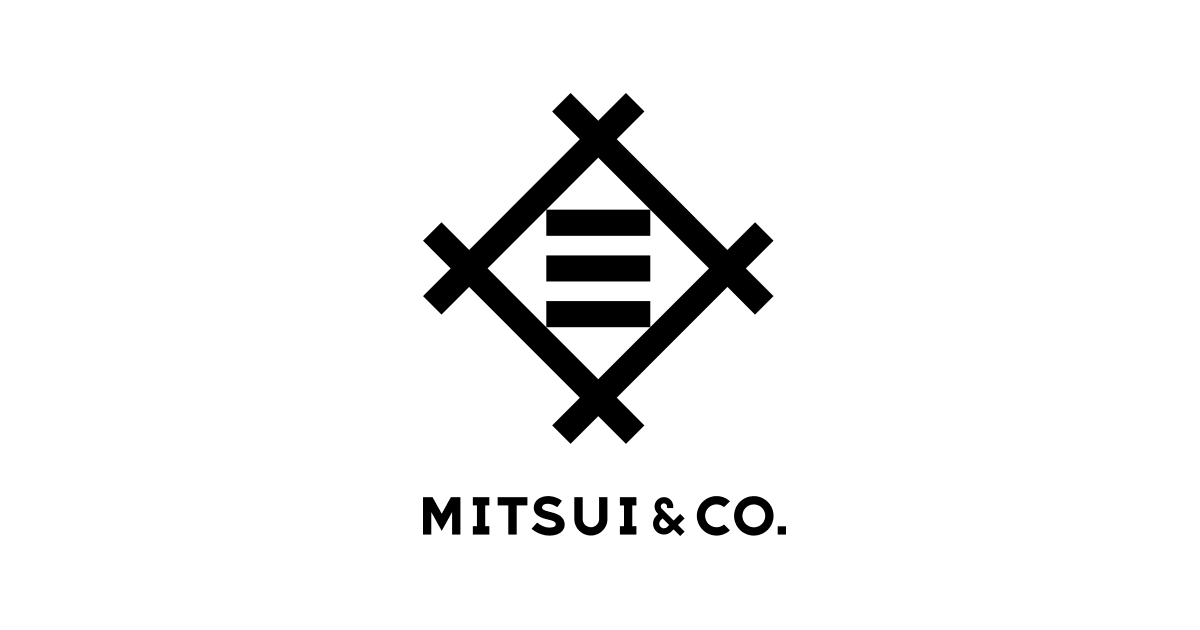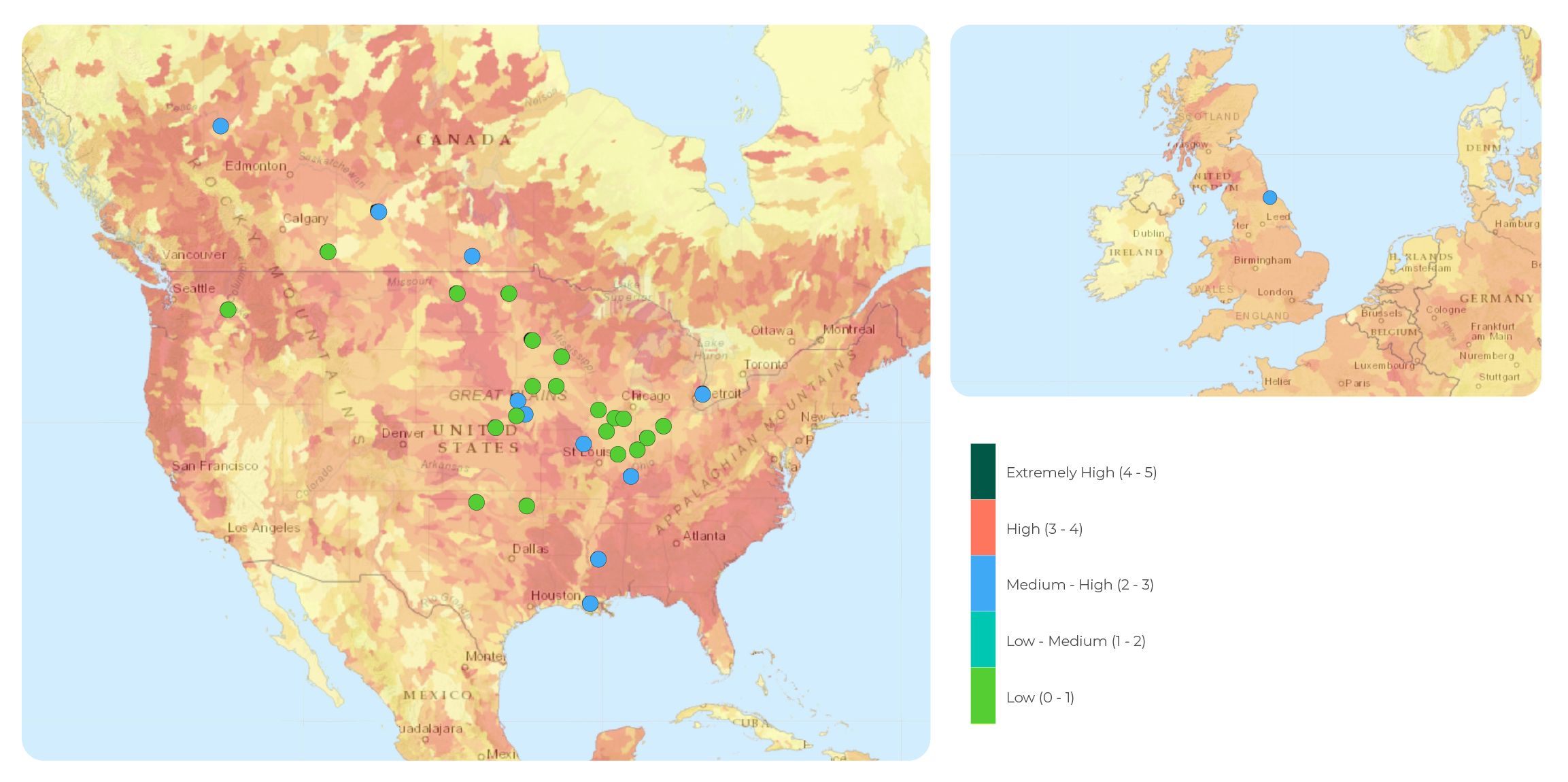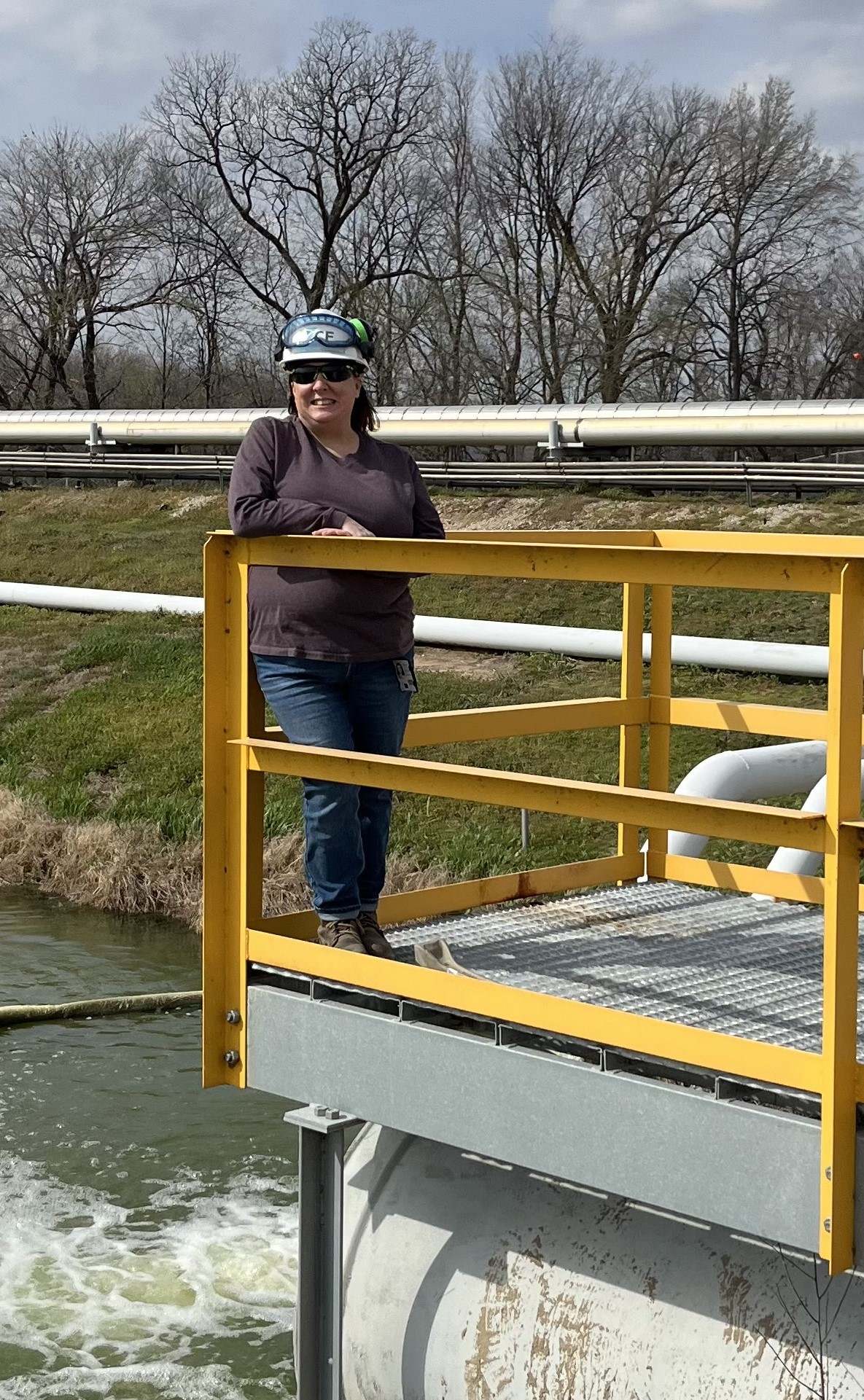Our commitment to environmental stewardship is integral to CF Industries’ Do It Right culture. We strive to do more with less, improve the ecosystems from which we draw natural resources, and invest in proven and practical technologies to reduce our operational impact on the environment while helping other industries do the same thing.
Environmental Goals
CO2-equivalent emissions reduction per ton of product by 2030 (2015 baseline year)
of Scope 3 emissions will be reduced by 2030 from 2020 baseline
Achieve net-zero carbon emissions by 2050
Develop, implement, and maintain an integrated nature strategy based on the Company's material issues, including with respect to nutrient & water stewardship, soil health, and biodiversity.
Our Decarbonization Strategy
CF Industries is committed to decarbonizing our operations and helping other industries that use our products do the same. We are leading the world’s development of ammonia and fertilizers manufactured with a lower carbon intensity through our investments, partnerships, and capital projects.
Reducing Our Operational Emissions
Our investment in decarbonizing and maximizing the efficiency of our production plants is core to our business operations and corporate strategy.
In addition to implementing efficiency and reliability improvements, CF Industries is pursuing Carbon Capture and Sequestration (CCS) projects that are accelerating progress toward our decarbonization goals. CCS is the process of capturing CO2 before it is emitted and safely and permanently sequestering it in proven and secure storage areas deep underground.
We also completed the installation of one of the world’s largest alkaline water electrolyzers, which will allow us to produce ammonia with hydrogen derived from water. This facility will enable North America’s first commercial-scale green ammonia production.

Industry Emissions Reduction Projects
Energy-intensive industries that face concerns about their carbon footprints, such as power generation and marine shipping, have identified ammonia as a promising clean energy source. The ammonia molecule is made up of hydrogen atoms, and hydrogen is widely viewed as a scalable source of clean energy. Ammonia represents both an efficient mechanism to ship and store hydrogen as well as a clean energy source, as ammonia does not contain or emit carbon. CF Industries is evolving its production network to meet the growing demand and support the global energy transition with the scalable production of ammonia manufactured with a lower carbon intensity than most in our industry.
As part of our efforts to aid in the decarbonization of hard-to-abate industries, we have developed several strategic partnerships, including with the Mærsk Mc-Kinney Møller Center for Zero Carbon Shipping, the World Business Council for Sustainable Development, and the Hydrogen Council, amongst numerous others. Our collaboration with industry partners is at the leading edge of ammonia fuel use and provides several viable pathways to decarbonization for some of the most energy-intensive industries.

Scope 1, 2 and 3 Reduction Initiatives
CF Industries’ Scope 1 emissions are generated primarily from our use of natural gas a feedstock and fuel during the production of ammonia and nitric acid.
Current and future initiatives
Allocate capital investments for facility upgrades to improve efficiency.
Continue developing and expanding our CCS capabilities.
Expand N2O emissions abatement efforts across our facilities.
Identify and evaluate alternative ammonia production technologies with lower carbon intensities.
CF Industries’ Scope 2 emissions are GHG emissions associated with the purchase of electricity to power our facilities and corporate offices.
Current and future initiatives
Diversify our purchased-electricity portfolio mix with a variety of renewable energy procurement strategies.
CF Industries’ Scope 3 emissions account for the indirect emissions associated with our upstream and downstream supply chain, including the use of our products
Current and future initiatives
Purchase MiQ-certified natural gas for ammonia production.
Partner with industry peers and third-party organizations to expand collaborative efforts.
Participate in agricultural associations to promote best practices in the value chain.
Emerging Projects & Partnerships

We purchased from bp 2.2 BCF of MiQ-certified natural gas in 2023 that has 90% lower methane emissions intensity than national average. We have entered into an agreement with bp to double the purchase of MiQ-certified natural gas in 2024.

CF Industries has partnered with Mitsui & Co., a global trading company headquartered in Tokyo, Japan, to evaluate new low-carbon ammonia capacity that both companies believe will be needed to meet future demand.

In February 2021, CF Industries partnered with 10 other companies to form Hydrogen Forward, an initiative focused on advancing hydrogen development – including infrastructure and policy – in the U.S.

CF Industries has partnered with thyssenkrupp UHDE to initiate a front-end engineering and design (FEED) study for a proposed joint venture to construct an export-oriented greenfield blue ammonia facility in Ascension Parish, Louisiana.

CF Industries conducts a biodiversity impact assessment through the World Wildlife Fund Biodiversity Risk Tool, annually, and is committed to managing our impact on nature and the ecosystems in which we operate within and near.
Environmental Stewardship
As a company whose operations and products rely on natural resources, CF Industries is intentional in its product design, capital developments, and operations to protect biodiversity. We are committed to maintaining – and in some cases exceeding – compliance with regulations that protect our environment, including air, water, and waste regulations. Our drive for continuous improvement has motivated our environmental stewardship through our sustainability goals and initiatives.
Case Study
Exxon CCS Partnership
CF Industries is constructing a CO2 dehydration and compression unit at our Donaldsonville facility to transport and store process CO2 we already capture but would otherwise be emitted to the atmosphere. ExxonMobil will transport and permanently store the captured CO2 in secure geologic storage.
The 2 million metric tons of emissions sequestered annually will be equivalent to preventing the emissions of approximately 400,000 gasoline-powered cars each year.
READ MORE
Our Verdigris Complex developed a waste and recycling program that allows for multiple types of materials to be recycled together.
"Through this process, the recyclables are sent to a materials recovery facility where it is separated and recovered at a rate of over 95%. The leftover waste is then sent to Oklahoma’s only waste-to-energy landfill, which produces clean renewable energy for more than 20,000 people."

Kimberly Wahnee
Environmental Superintendent
Verdigris Complex
